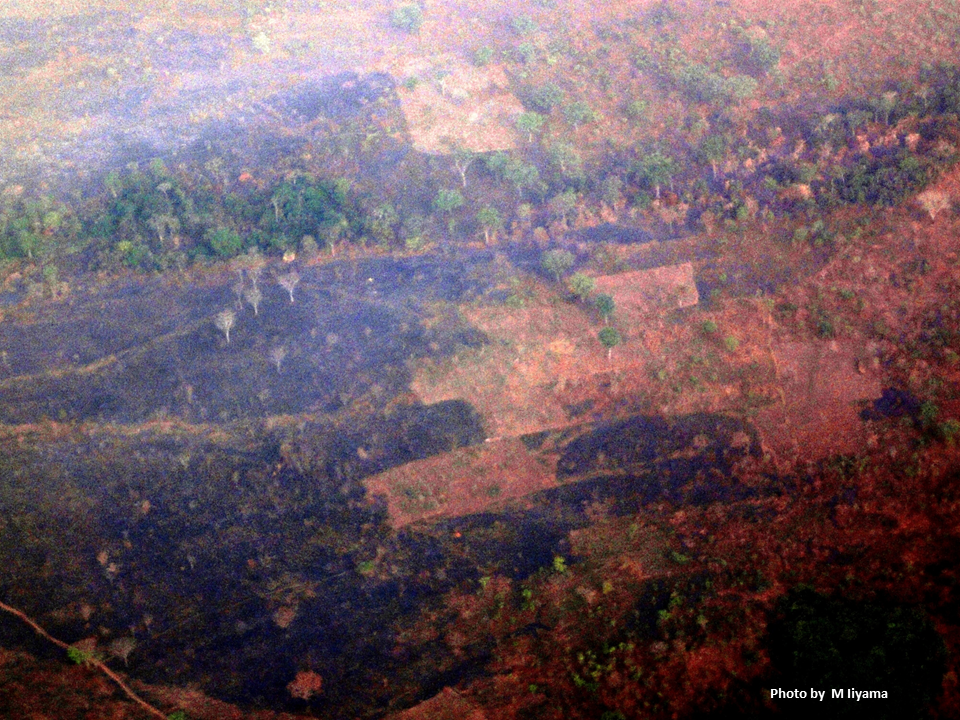Pick Up
1301. Institutional Adaptation Challenges to Climate Change

1301. Institutional Adaptation Challenges to Climate Change
Adaptation requires rapid and adaptive institutions. As the frequency of climate disasters increases, more systematic institutional adaptation is required. Here is an editorial from Nature Climate Change.
Environmental change requires large-scale adaptation measures across all scales and sectors, from infrastructure development and technological innovation to emergency response and individual behavior change. Institutions that shape decision-making, resource allocation, and collective action in the adaptation process play a vital role in moving efforts forward. For example, during extreme weather, meteorological agencies issue early warnings, medical services assist the injured, and the power, water, and transportation sectors work to restore essential services. As climate-related disasters become more complex and frequent, the challenges of institutional coordination and workload also intensify, making existing institutions unable to meet the demands of effective climate adaptation. Institutional adaptation is an unexplored area in climate science and faces challenges in practice.
The increased frequency, duration, and magnitude of disasters due to climate change are interconnected and often unpredictable, making it difficult for institutions to anticipate, plan, and respond to new risks. For example, the impacts of forest fires on forests depend on local conditions, and cool, wet forests are more vulnerable to fire-induced microclimate changes than warm, dry regions. In addition, biophysical processes are often intertwined with socio-economic processes, further complicating the management of adaptation efforts. For example, delta regions are subject to multiple natural hazards under climate change, as well as human activities such as dam construction. The complex interplay between environmental and human factors makes it difficult for responsible institutions and stakeholders to predict the overall impact of their decisions.
Constraints also come from the institutional environment itself. Governance systems responsible for specific events or broader adaptation initiatives are rarely streamlined. Instead, they are often fragmented and characterized by overlapping jurisdictions, inconsistent priorities, and institutional inertia. For example, wildfire management authority is dispersed across various jurisdictions (local, state, federal, and tribal), suggesting that they often struggle to respond to multi-jurisdictional fires, simultaneous occurrences across regions, and long-term health and ecosystem impacts. Trade-offs between short-term political interests and long-term resilience, and between centralized management and local institutions, can also inhibit adaptive decision-making across agencies. Social hierarchies and resource disparities lead to unequal capacities, priorities, and access to decision-making processes, further complicating efforts.
Institutional adaptation challenges can be particularly acute in marginalized regions, where environmental stresses caused by deforestation, biodiversity loss, water scarcity, and extreme weather events are increasing, yet often lack the integrated institutional frameworks necessary for effective responses. In these regions, institutional adaptation is also constrained by a lack of recognition that institutions themselves must evolve to adapt to climate change. Climate change adaptation in these regions requires coordinated policy frameworks to navigate trade-offs between competing priorities.
Adaptation is often viewed as a technical or behavioral challenge rather than a governance issue. Institutional adaptation is not easy and there is no one-size-fits-all solution, but it is essential and must evolve to adapt to a changing climate.
(Reference)
Challenges of institutional adaptation. Nat. Clim. Chang. 15, 683 (2025). https://doi.org/10.1038/s41558-025-02388-w
Contributor: IIYAMA Miyuki, Information Program
